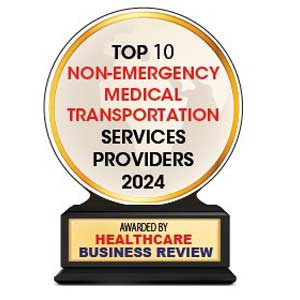In healthcare accessibility, an often-overlooked key player is transportation. Be it routine check-ups or critical medical appointments, the journey to healthcare facilities can pose significant challenges for many individuals even while not facing emergencies. Factors like distance, lack of transportation options, mobility limitations during post-surgery recovery or financial constraints can create formidable barriers to accessing essential care. Amid these hurdles, non-emergency medical transportation (NEMT) providers emerge as crucial support systems, ensuring that no one is left behind in their pursuit of better health.
On that note, the global non-emergency medical transportation market is on a trajectory of robust growth, with projections estimating its value to reach USD 23 billion by 2031, expanding at a CAGR of 12 percent during the forecast period 2024-2031. This remarkable growth is primarily driven by factors such as the rising prevalence of chronic illnesses, an aging population, advancements in medical transportation technology and ongoing reforms in global healthcare systems.
This edition of Healthcare Business Review brings forth the most influential developments in the non-emergency medical transportation space, aiming to uncover the transformative advancements and key strategies driving the growth of the sector.
The edition features Tom Lubotsky, Vice President Supply Chain at Allina Health, who reflects on the importance of developing key performance indicators (KPIs) and how it provides the insight necessary to respond to trending or immediate supply control issues. It also brings to light valuable insights from Janet Watson, VP of Supply Chain Contracting at U.S. Renal Care, who discusses the shortage of talent in healthcare supply chain management, its impacts and the strategies to bridge the gap.
In this edition featuring Top Non-Emergency Medical Transportation Services Providers in 2024, we hope you find the best-suited partner to navigate the landscape of healthcare accessibility.

















